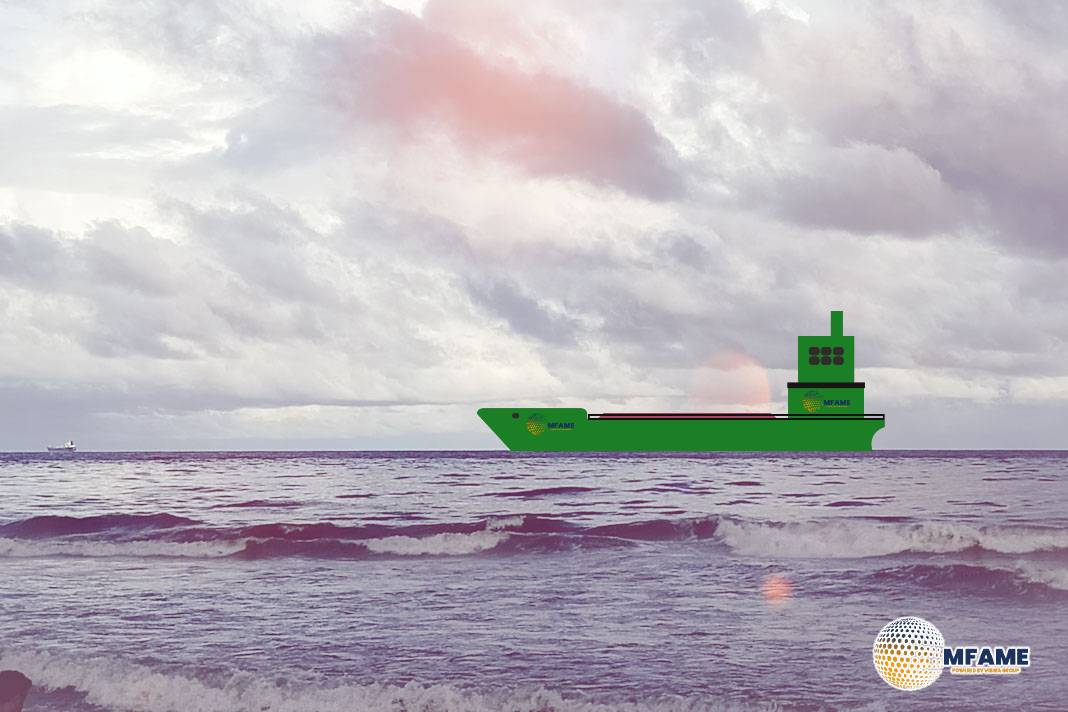- Self-Powered Underwater Drone Enhances Naval Acoustic Surveillance.
- Naval Research Advances with Autonomous PSAP Voyager Deployment.
- Energy-Harvesting Drone Transforms Underwater Acoustic Monitoring.
The team has already produced its first innovation-a self powered autonomous underwater drone called the Persistent Smart Acoustic Profiler (PSAP) Voyager-that delivered large swaths of oceanographic and passive acoustic data primed for NPS student research within the first few weeks since it was first deployed off the coast of Kona, Hawaii, in early November 2024, reports America’s Navy.
Naval Stealth and Acoustic Monitoring
Naval forces have a fundamental operational imperative to be silent and stealthy at sea. Retired U.S. Navy Commander. John Joseph, a researcher in the NPS Department of Oceanography, said the effort has been funded by the school’s Consortium for Unmanned Systems Education and Research (CRUSER). This is sponsored by the Office of Naval Research.
Origins of the PSAP Voyager
“PSAP started as a CRUSER project a few years ago when Yi Chao, Seatrec CEO and a well-known oceanographer, gave a talk at NPS about their energy-harvesting system,” said Joseph. He recognized an opportunity to combine the school’s expertise in undersea acoustics and research instrumentation with Seatrec’s innovative energy-harvesting technology.
Unlimited Oceanographic Data Collection
NPS excels at conducting applied research in operational environments. For the first time, PSAP offers the ability to collect and send oceanographic and passive acoustic monitoring data in near real-time for an unlimited period. This is made possible by the profiler’s ability to harvest energy. This is done from ocean temperature differences, providing enough power to sustain its instrumentation indefinitely.
“Theoretically, PSAP can be deployed once, communicate its acoustic information to remote operators in near real-time for limitless periods without requiring retrieval to offload data, refreshment—such as swapping batteries or data storage—or replacement,” explained Joseph. “These characteristics greatly reduce lifecycle costs of a continuous acoustic monitoring effort.”
Enhancing Student Research
Empowering student research and discovery is central to the institution’s efforts with industry partners. The PSAP Voyager’s ongoing operational test—monitorable via the Seatrec website—has provided a trove of data for potential research.
“Now that we have a sizable amount of oceanographic and acoustic data collected by PSAP, we plan to have students in the undersea warfare and meteorology and oceanography curricula to use these data for thesis research,” said Joseph.
Role of Acoustic Sensing in Naval Operations
The role of acoustic sensing in naval operations is far-reaching and fundamental to U.S. Navy and Marine Corps operations at sea, including undersea sensing and detection.
“Passive acoustic listening has many operational and research applications in the Navy, and our students at NPS conduct applied research to meet naval-unique needs for at-sea operations that require measurements of ambient noise, understanding the composition of soundscapes, and monitoring of marine mammals,” said Joseph. The autonomy and endurance of the PSAP Voyager “provides an unprecedented opportunity to collect acoustic data in real-time for very long periods in remote areas without the expense and logistical tail of ship support.”
Advancing Ocean Monitoring Capabilities
“Sound is used to ‘see’ underwater and is vital to understanding the ocean and monitoring the movement of natural and man-made objects,” added Yi Chao, Ph.D., Seatrec’s CEO and Founder, in a recent news release. “Previously, hydrophones required power from expensive underwater cables from shore or ships, but our PSAP Voyager untethers hydrophones and provides nearly unlimited persistent monitoring of the ocean in an extremely economical way.”
Did you subscribe to our daily Newsletter?
It’s Free Click here to Subscribe!
Source: America’s Navy


















